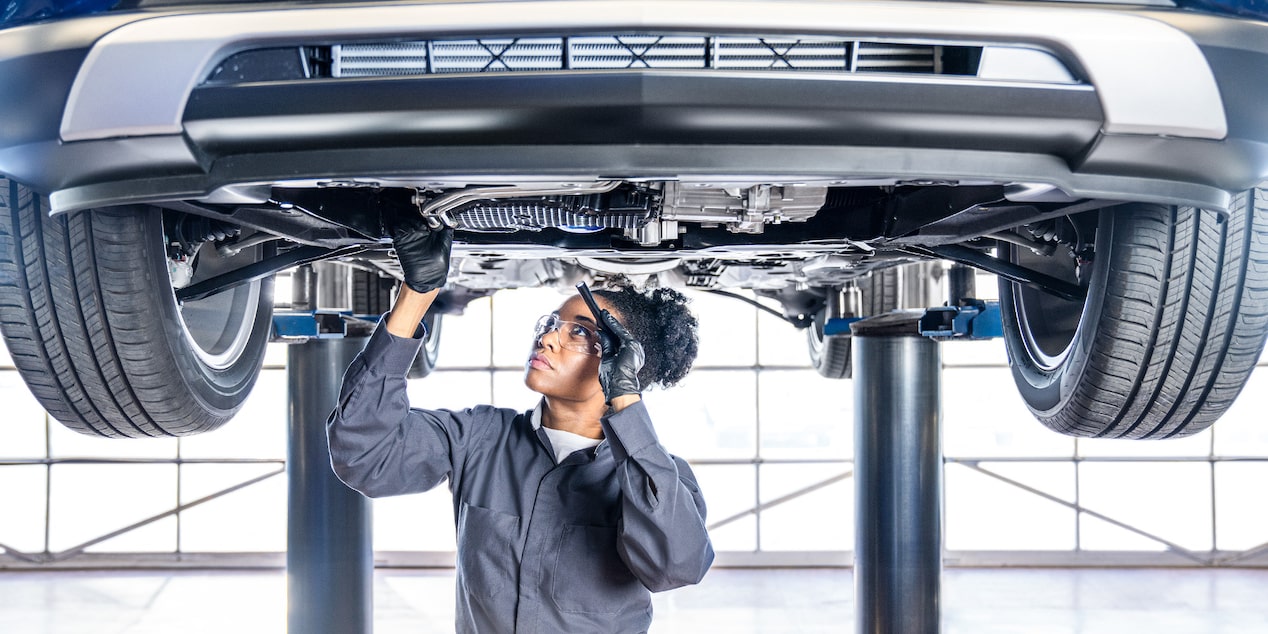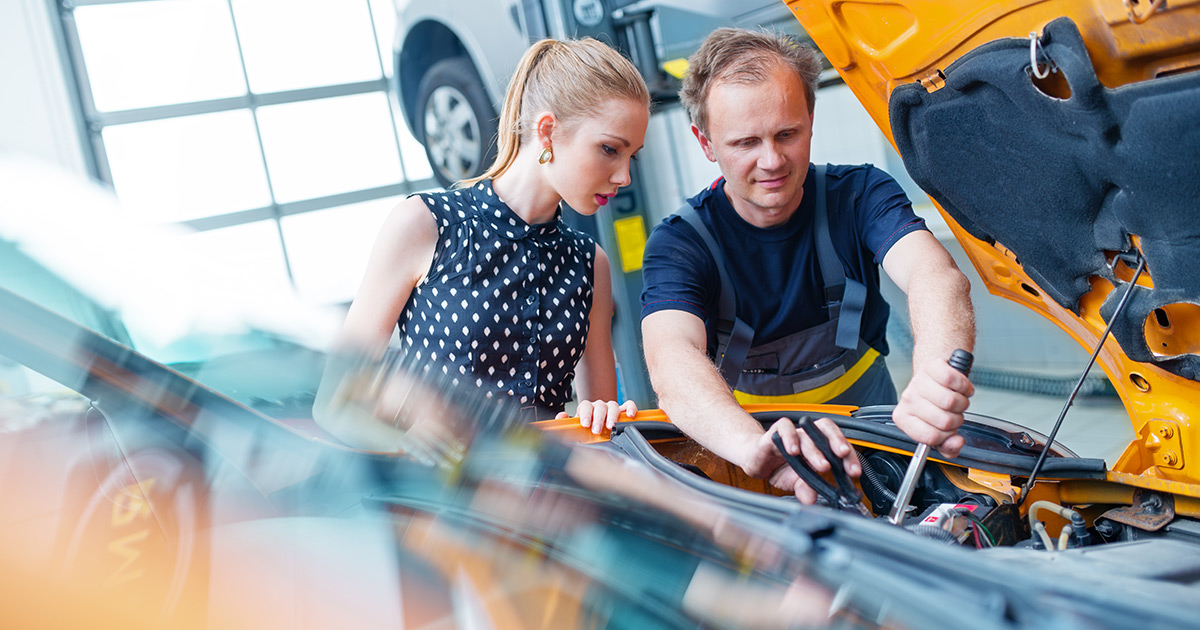All Categories
Featured

The automobile fixing sector is rapidly evolving with the introduction of brand-new technologies that are reshaping how automobiles are detected, serviced, and fixed. From the adoption of fabricated knowledge (AI) to the combination of electric lorry (EV) upkeep, these advancements are improving repair service performance, lowering prices, and improving the general consumer experience. In this article, we'll explore several of the most significant vehicle innovation innovations in repair service that are assisting contemporary technicians remain ahead of the curve.
- AI-Powered Diagnostic Devices. Expert system is changing the analysis process in vehicle fixing. Modern lorries are geared up with intricate onboard computer system systems that continuously monitor engine performance, discharges, security functions, and other essential functions. AI-powered diagnostic devices can analyze information from these systems to determine concerns quicker and with even more precision than typical methods. Auto mechanic stores can currently make use of sophisticated scanners that make use of AI to detect issues, anticipate potential failures, and even recommend particular repair work. This allows specialists to make informed decisions swiftly, reducing repair service times and making certain the automobile is taken care of right the very first time.
- Electric and Crossbreed Vehicle Repair Works. As the demand for electric automobiles (EVs) and hybrids expands, so does the need for specialized repair service innovations and training. EVs and crossbreeds have distinct powertrains, battery systems, and charging innovations that need specialized knowledge to fix. Breakthroughs in battery testing equipment, thermal management systems, and specialized software application for keeping an eye on battery health have made it simpler for service center to deal with these automobiles. Additionally, several fixing shops are now purchasing electrical vehicle-specific devices, such as high-voltage insulation testers and billing terminal diagnostics, to ensure that professionals can securely and successfully service these sophisticated vehicles.

- 3D Printing in Automobile Repair Service. 3D printing has actually become a powerful device for automobile repairs, especially when it comes to producing hard-to-find or discontinued components. This modern technology is specifically useful for restoring classic vehicles or fixing automobiles that no longer have easily offered replacement components.
- Robotics and Automation. Robot modern technology is being incorporated into the auto repair process to boost efficiency and accuracy. Robotics are being utilized for repetitive tasks such as tire rotations, oil changes, and brake servicing, permitting service technicians to concentrate on more complex repairs.
- Augmented Reality (AR) for Professional Help. Increased reality is altering the means service technicians gain access to repair info and do tasks. By utilizing AR glasses or tablet computers, service technicians can overlay electronic details, such as repair manuals, diagrams, and detailed instructions, directly onto the car they are working with. This real-time visual assistance improves fixing precision and effectiveness, lowering the possibility of blunders. An auto mechanic might be able to see the exact area of an element that needs repair work without having to get in touch with numerous reference products. AR also aids in training new specialists by providing interactive learning experiences, accelerating their finding out process.
- Predictive Maintenance via IoT. The Net of Points (IoT) is transforming lorry maintenance by attaching vehicles to networks that collect information in actual time. IoT sensing units keep track of a car's health and send vital information, such as oil degrees, tire stress, engine temperature level, and battery standing, to cloud-based platforms. This information is assessed by predictive maintenance formulas to recognize potential concerns prior to they result in break downs. For instance, if a sensing unit spots uncommon wear in the brakes, the system can inform the vehicle driver or technician prior to it comes to be a major issue. Predictive maintenance aids consumers stay clear of unexpected repair expenses and expand the life-span of their cars.

- Telematics and Remote Diagnostics. If a problem arises, professionals can detect the concern remotely, usually repairing software application glitches or upgrading the lorry's firmware without the requirement for a physical service appointment. In some instances, professionals can also troubleshoot issues or schedule a consultation prior to the lorry arrives at the repair work shop.
- Lorry Data Sharing for Improved Service. With access to thorough information from a lorry's past service history, including previous repair work, components replacements, and performance records, technicians can a lot more precisely evaluate existing issues. By leveraging this information, repair shops can provide tailored services based on the car's special background, aiding to stop future concerns and boosting lasting vehicle performance.
Conclusion. The automobile fixing market is progressing at an unprecedented rate, thanks to the continual advancements in technology. AI-powered diagnostic devices, robotics, 3D printing, and IoT connectivity are just a few instances of the innovative modern technologies transforming the method cars are repaired. These innovations not just boost repair effectiveness yet likewise boost the top quality of solution and customer fulfillment. As the industry continues to welcome these innovations, repair shops that stay up-to-date with the current devices and strategies will be better furnished to fulfill the demands of modern vehicle owners. For auto proprietors, these developments mean much faster, much more precise fixings, increased security, and a longer-lasting automobile.
Latest Posts
Explore Best Car Repair Solutions at Montclare Auto Repair – Reliable Repairs Await
Published Jun 01, 25
1 min read
Learn Why Chicago Drivers Select Montclare Auto Repair for Reliable Service and Significant Savings
Published May 30, 25
1 min read
Secure Your Home with Quality Residential Roof
Published May 25, 25
1 min read
More
Latest Posts
Explore Best Car Repair Solutions at Montclare Auto Repair – Reliable Repairs Await
Published Jun 01, 25
1 min read
Learn Why Chicago Drivers Select Montclare Auto Repair for Reliable Service and Significant Savings
Published May 30, 25
1 min read
Secure Your Home with Quality Residential Roof
Published May 25, 25
1 min read